
Workers Comp Is A Long Tail Business
When the workers’ company insurance company establishes the premium for the employer’s next policy year, it will include the results of previous loss experience with the employer in its calculations. Workers’ compensation is considered a long-tail business, meaning that many workers’ compensation claims are open for an extended period of time. Therefore, the insurer cannot just use the most recent claim history and claim reserves to calculate the loss experience.
The insurance company will look at the employer’s claim history for the three years prior to the current policy year. For example, on 5-1-23, the insurer starts the premium calculations for the policy year of 7-1-23 through 6-30-24. As some of the workers’ compensation claims are still open two, three of four years later, the insurer will analyze the claim cost of the three previous policy years, not counting the current policy year. The cost of workers’ compensation claims from 7-1-19 through 6-30-22 is used in calculating the experience modifier.
Click Link to Access Free PDF Download
“How to Calculate Your Minimum Experience Mod, Controllable Premium & the Revenue Impact”
E-Mod Considers Both Frequency & Severity Of Claims
The experience modifier considers both the frequency and the severity of claims. The insurance company places a greater weight on the frequency of claims than they do on the severity of the claims. Five workers’ compensation claims costing $5,000 each, or $25,000 total, have a greater impact on the calculation of the experience modifier than one $50,000 claim. The reason for this is that the frequency of claims reflects the employer’s safety practices, and a high level (number) of claims reflects a lack of management control of safety.
The insurer will compare the results calculated for your company with other employers in the same type of business. If you have an average safety program and an average number of claims–loss experience exactly in the middle of your industry, your experience modifier is 1.0 and your insurance premium will be the average premium for your industry.
If you have a good safety program and have had fewer than average claims during the three policy years preceding the current policy year, your experience modifier will be less than 1.0 and your insurance premium will be reduced accordingly. For instance, your experience modifier is calculated to be 0.75. With everything else be equal, your workers’ compensation premium will be 75% of the average premium. The flip side of this is, if your loss experience is poorer than others within your industry, your insurance premium will be higher than average. For example, your company’s experience modifier is 1.5; you will pay 50% more than the average employer in your industry.
A strong safety program where everyone in the company is safety conscious and participates fully in the safety program is the best way to lower your cost of workers’ compensation. By lowering the frequency of claims you will have greatest impact on the experience modifier.
Steps The Employer Can Take
In addition to controlling the frequency of claims, there are several steps the employer can take to reduce the severity of the claims that do occur. This includes:
- An established Return to Work program
- An ergonomics program
- A best practices claim handling guidelines
- Best Practices claim file audits
- A drug testing program including pre-employment, post accident and random.
- Medical management of claims including
- Nurse triage
- Early intervention
- Medical case management
- Utilization review
- Medical fee schedule utilization
- Medical provider networks
By understanding how the insurance company calculates your workers’ compensation premium, you can take the necessary steps to positively impact your loss experience. This will assist you in lowering your experience modification factor and lowering your work comp insurance premium.

Contact: mstack@reduceyourworkerscomp.com.
Workers’ Comp Roundup Blog: http://blog.reduceyourworkerscomp.com/
©2023 Amaxx LLC. All rights reserved under International Copyright Law.
Do not use this information without independent verification. All state laws vary. You should consult with your insurance broker, attorney, or qualified professional.

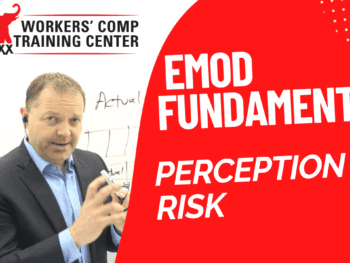

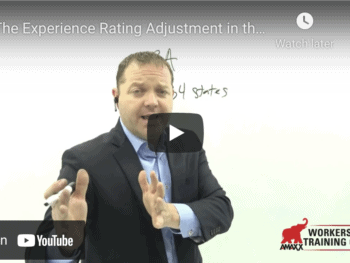
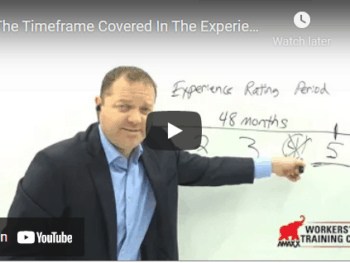



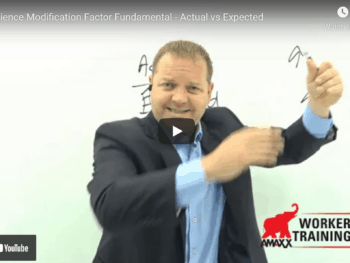

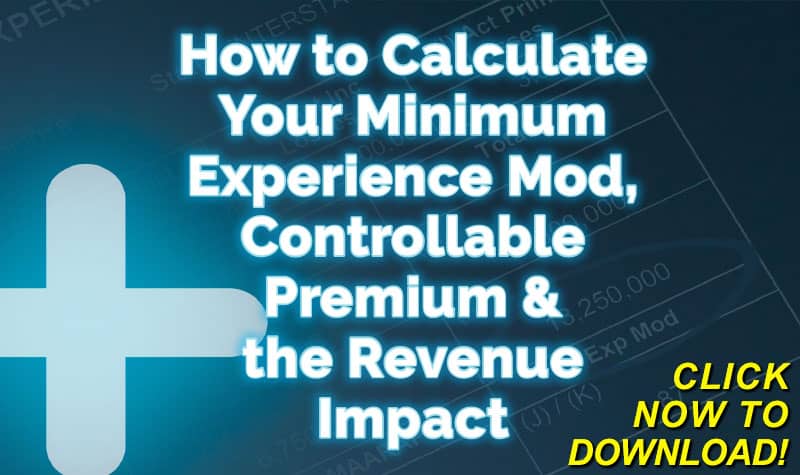

 7 Practical Tools to Reduce Workers’ Comp Medical Costs
7 Practical Tools to Reduce Workers’ Comp Medical Costs
